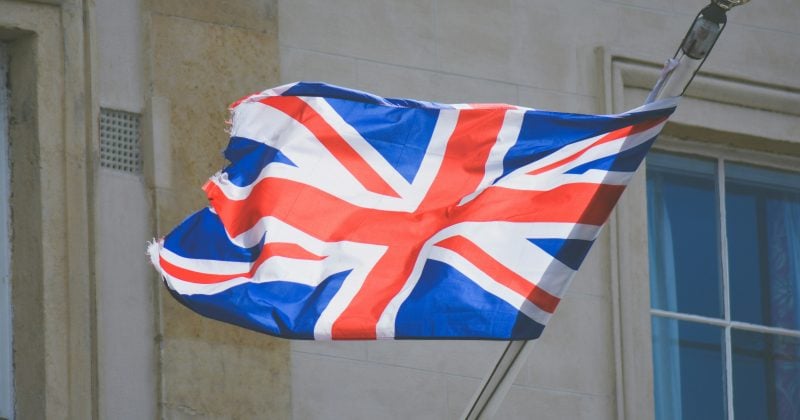The US Court of International Trade delivered a major blow to President Donald Trump’s trade policy on Wednesday by striking down his sweeping tariff regime implemented in April. The three-judge panel ruled that Trump exceeded his presidential authority when imposing blanket tariffs on most US trading partners under the International Emergency Economic Powers Act (IEEPA).
The court specifically stated that the IEEPA imposes “meaningful limits” on presidential authority. “Any interpretation that delegates unlimited tariff authority is unconstitutional,” the panel wrote in their decision.
The ruling invalidates the 10% baseline tariff applied to all nations, along with higher rates imposed on specific countries. This includes the 25% levy on Canada and Mexico and the 20% rate on Chinese imports.
Market Reaction
Financial markets responded immediately to the news. S&P 500 futures jumped 100 points, while Dow futures climbed 520 points (nearly 1.2%). Nasdaq futures gained almost 2%, according to market data.
European indices also saw gains, with the EU Stoxx 50, FTSE 100, and DAX Index all moving higher. Apple stock surged 3.5% in after-market trading hours, reflecting investor optimism about reduced trade tensions.
Bitcoin, which recently reached an all-time high of $111,814, experienced a minor pullback following the court decision. The cryptocurrency fell 1% to $110,800 as investors rotated capital back into equities.
Legal Background
The court’s decision came in response to two lawsuits. One was filed by small businesses, including wine importer V.O.S. Selections. The other was brought by a coalition of states led by Oregon and Arizona.
The ruling covers all tariffs collected since April 2, potentially requiring refunds totaling around $10 billion based on 2024 US import levels. China alone could receive approximately $3.5 billion in refunds.
The court ordered the US government to issue the necessary administrative actions “within 10 calendar days” to implement the permanent injunction. However, Trump’s legal team has already filed a notice of appeal to the US Court of Appeals for the Federal Circuit.
Expert Reactions
Veteran economist Peter Schiff, who had previously called Trump’s tariffs “illegal,” reiterated his position following the ruling. “The power to tax lies with Congress, not one man, and tariffs must originate in the House,” Schiff wrote.
Former BitMEX CEO Arthur Hayes viewed the decision as a market opportunity, suggesting it was time to “buy everything.” Hayes hinted at a major rally ahead in the markets, calling this the “second round” of buying opportunities.
Buy everything round dos. pic.twitter.com/VDPxGFYczX
— Arthur Hayes (@CryptoHayes) May 29, 2025
Kadan Stadelmann, CTO of Komodo Platform, told Decrypt the decision “signaled a return to law and order.” He noted that while Bitcoin experienced a short-term decline as investors shifted to equities, he doesn’t expect this to reverse the broader crypto bull market.
Broader Economic Context
Despite the positive market reaction to the tariff ruling, the 10-year Treasury note yield climbed above 4.50% shortly after the announcement. This suggests broader economic factors continue to influence fixed-income markets, regardless of trade policy shifts.
The Federal Reserve had been taking a “cautious approach” while waiting for clarity on the trade tariff matter. The central bank had postponed interest rate cuts, citing uncertainty around trade policies as a factor in their decision-making.
The European Union, which had been rushing to reach a trade agreement with the US to avoid proposed 50% tariffs, may now find itself in a stronger bargaining position following the court’s decision.
The ruling represents a setback for Trump’s second-term trade doctrine, which had sought to use tariffs as leverage in international negotiations. The administration justified the tariffs by claiming an economic emergency tied to drug trafficking and foreign coercion.
As the legal battle continues through the appeals process, uncertainty in trade policy is likely to persist in the coming months, keeping markets on edge despite the initial positive reaction.

 6 months ago
156
6 months ago
156








 English (US) ·
English (US) ·